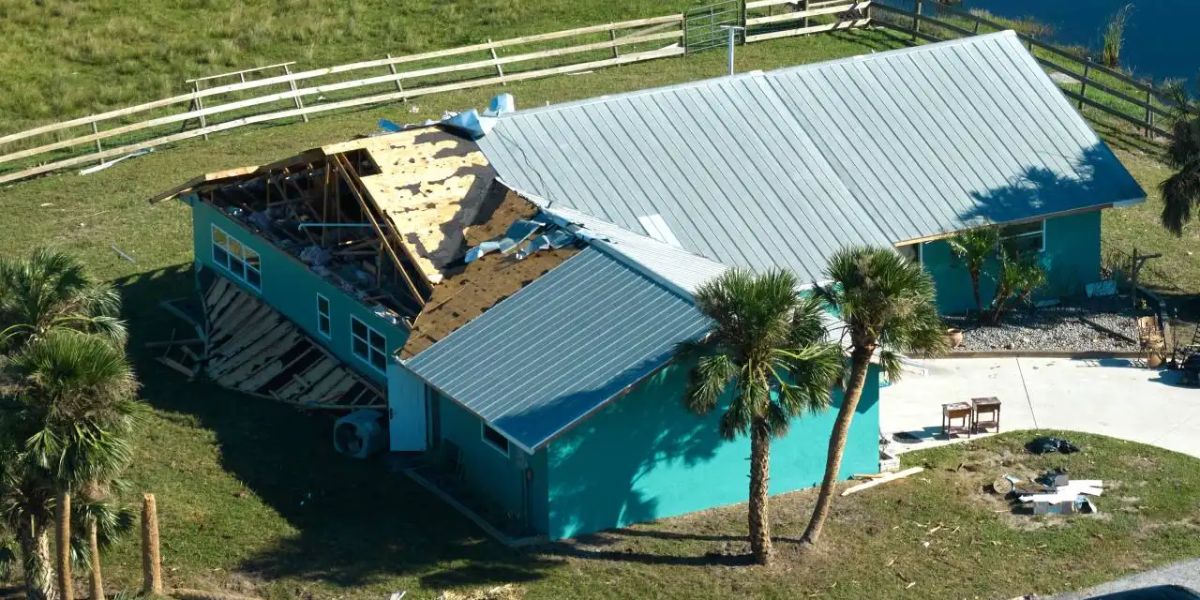When disaster strikes—whether it’s a hurricane, flood, wildfire, earthquake, or unexpected personal emergency—it’s easy to feel overwhelmed. Your safety comes first, but once the immediate danger passes, the financial fallout can hit just as hard. From property damage and lost wages to temporary housing and food insecurity, the costs add up fast.
Thankfully, there are emergency financial aid programs available to help you stabilize and recover. If you’ve just experienced a disaster, here are the urgent financial aid options you should know about—and how to access them quickly.
1. FEMA Disaster Assistanc
The Federal Emergency Management Agency (FEMA) offers Individual Assistance for those impacted by federally declared disasters. This can include grants for:
- Temporary housing
- Emergency home repairs
- Personal property replacement
- Medical and dental expenses
- Funeral costs
How to apply:
Visit DisasterAssistance.gov or call 1-800-621-FEMA (3362). You’ll need your address, a description of losses, insurance information (if any), and direct deposit details for quicker aid delivery.
2. State & Local Emergency Relief Programs
Each state has its own emergency management office and often releases additional aid during disasters. Some cities and counties also provide:
- Rent and utility assistance
- Emergency shelter or hotel vouchers
- Food assistance
- Local grants or low-interest loans
How to apply:
Search your state’s emergency management agency or call 2-1-1 for local aid referrals.
3. American Red Cross
The Red Cross is often one of the first responders during a disaster. In addition to shelter and meals, they may provide:
- Immediate cash assistance for essentials
- Mental health and medical support
- Help replacing lost prescription meds or medical equipment
How to apply:
Visit RedCross.org or contact your local Red Cross chapter. Mobile disaster relief teams are often set up in affected areas.
4. Disaster Unemployment Assistance (DUA)
If your job was lost or disrupted due to a disaster—and you don’t qualify for standard unemployment benefits—you may be eligible for Disaster Unemployment Assistance, which is administered by your state but funded federally.
How to apply:
Check your state’s unemployment website and look for DUA information. Applications must typically be filed within 30 days of the disaster declaration.
5. SNAP Emergency Benefits (Food Stamps)
If you’ve lost food due to a disaster or your income has suddenly dropped, you may qualify for expedited or disaster-related SNAP benefits (Supplemental Nutrition Assistance Program).
How to apply:
Visit your state’s human services or food assistance website, or call your local Department of Social Services. Emergency benefits can sometimes be issued within days.
6. Small Business Administration (SBA) Disaster Loan
If you’re a homeowner, renter, or small business owner, the SBA offers low-interest disaster loans to cover losses not fully covered by insurance.
- Homeowners: Up to $200,000 for repairs
- Renters/Homeowners: Up to $40,000 for personal property loss
- Small businesses: Up to $2 million for physical and economic damage
How to apply:
Go to SBA.gov/disaster or visit a local Disaster Recovery Center.
7. Nonprofits & Crowdfunding
In addition to large organizations, smaller nonprofits and mutual aid groups often step in with targeted help for specific communities. You can also set up or contribute to GoFundMe or other crowdfunding platforms for immediate personal support.
Where to look:
- United Way
- Salvation Army
- Local churches or community centers
- Social media community groups
- Act fast: Many programs have strict application windows—especially DUA and FEMA grants.
- Document everything: Take photos, keep receipts, and note all losses and damage.
- Ask for help: Don’t hesitate to call 2-1-1 or visit local recovery centers for guidance.
You’re Not Alone
Disasters can be devastating, but you don’t have to face the aftermath alone. These financial aid resources exist to help you get back on your feet and rebuild your life. Take the first step today, and know that recovery is possible—one step, one form, and one helping hand at a time.

